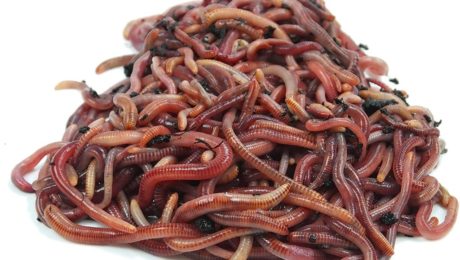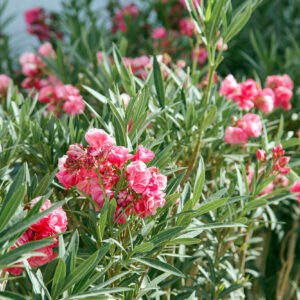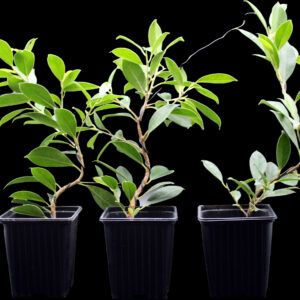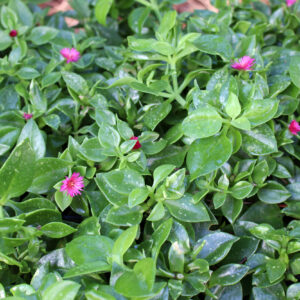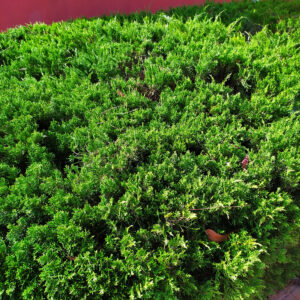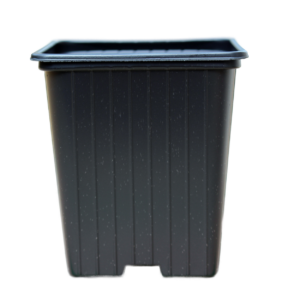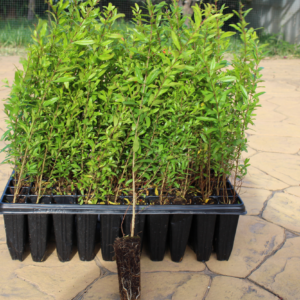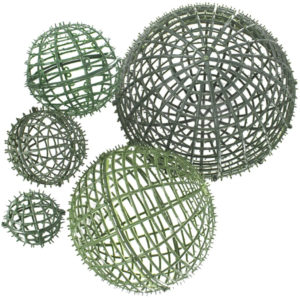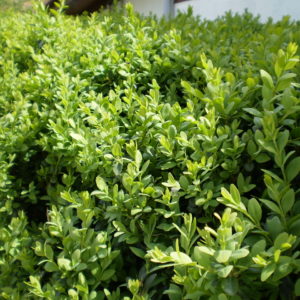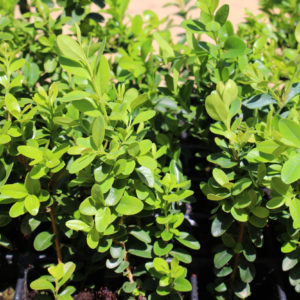Californian red wigglers
What is the Californian red worm for?
They are used to create the best organic compost called worm castings, which is full of benefits:
- Nourishes and oxygenates the soil. It is composed of nitrogen phosphorus, potassium, manganese etc. Which are essential for plants. It retains water and also contributes to its balanced distribution.
- They attract other organisms such as mealybugs which remove heavy metals from the soil and thus also protect groundwater.
- Increase the production of chlorophyll, which transforms sunlight into energy and is responsible for the green color of the leaves.
- Neutralizes the pH of the soil.
- Recover degraded soils
- They reduce organic household waste by a high percentage.
- It contributes to the environment by being free of chemicals and by ensuring proper management and use of organic waste.
How is it obtained? Basically it is the feces of the worm.
Raising and growing California red worms
The breeding and cultivation of Californian red worms is a simple practice, it is possible to carry out even from the comfort of home and start from 150 specimens, that is, 150 grams, although it may be a little more or a little less. This is the advisable amount so that the person (beginner) who is going to do it will gradually incorporate and develop in this new process that will be described below:
The first thing is to find a large or medium container in the shape of a box or bucket, that is resistant to water and has perforations to allow ventilation and drainage, such as, for example: a crate or a specialized plastic box for this practice. If it does not have these perforations, it can pierce it if the material allows it.
Subsequently, the interior is covered with a mantle, a mesh or double polisombra that prevents the earthworm and humus from leaving together with the water, and also prevents the indiscriminate entry of external agents.
A 6cm layer of dry material like straw or egg carton is then added and dripped evenly to make it easy to digest. Without exaggerating.
IMPORTANT: never add soil. Although humus has an earthy appearance, it is never involved in this process.
Then the worms are inoculated in the center of the container without the need to distribute or stir them, they will spread by themselves after 24 hours if they like the food, on the other hand, if they still remain at the same point, it is because something is failing.
-
Select options This product has multiple variants. The options may be chosen on the product page
Nerium Oleander (Rosebay)
€ 4,90 -
Select options This product has multiple variants. The options may be chosen on the product page
Ficus ‘Tiger Bark’
€ 9,90 -
Select options This product has multiple variants. The options may be chosen on the product page
Juniperus Chinensis Sargentii (Chinese Sargent Juniper)
€ 4,90 – € 9,90 -
Select options This product has multiple variants. The options may be chosen on the product page
Topiary Frame balls
€ 4,90 – € 9,90 -
Select options This product has multiple variants. The options may be chosen on the product page
Buxus sempervirens (Boxwood)
€ 2,49 – € 4,90
-Keep in mind: if the worms do consume it, but slowly, it could probably be because they previously had a total diet or with a high percentage of manure and take time to get used to plant waste.
They are then covered with a cardboard and a black bag, or any other element that provides darkness and protection from direct sunlight.
There is no fixed feeding frequency, it is only a matter of ensuring that they always have food and provide it only when the food is running out, it is important to give them time to consume most of the food provided before providing them with another layer of food, These worms are epigeous, which means that they do not burrow, but prefer to move on the surface leaving aside what they were already eating.
The liquid that drains out of the holes is called wormtea, and it can be collected by placing a plastic tray under the container and reused to re-moisten both the food and the vermicompost.
Between layer and layer synthesized by the worms, the container will be filled, until it is time to remove the humus from this vermicomposter, at this step it is known as trapping, since it consists of placing a sack blanket for fruits or any other element in the one that the worms can ascend and filter, on which food will be deposited as usual that will function as “bait” until they all rise as a “trap”. It will last and repeat up to 21 days to ensure that none remain under the mantle, since 21 days corresponds to the hatching time of the eggs laid before trapping. It’s okay if only a few remain, worms are not considered a threat to plants.
Once it has been ensured that the humus under the mantle is free of worms, the two parts are separated, the mantle filled with worms is folded and left in a safe place and the humus in the container is poured over a sack or a bag. similar surface to let it dry until it loses half of the moisture, as it is no longer necessary. Stirring is recommended for even drying.
It is then collected and placed on a sieve to clean it of straw, branches and other unwanted solids with which it has been combined.
Finally the long-awaited humus with a black earth appearance will be ready to be used in plants, orchards, trees and everything that can be fertilized.
Important: always combine the humus with earth or sand, that is, do not use only humus since the plants also need the minerals that these others provide.
Note: There are different variations, but in general the process is the same. This is a variation aimed at places with small spaces. As you can see, it is a fairly adaptable procedure in which you can find a variety of options for every need.
- Published in Uncategorized
